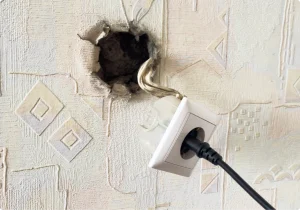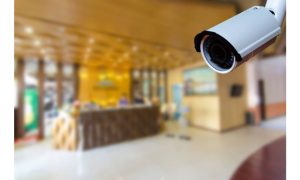In contemporary architecture, terracotta cladding is appreciated for its distinctive colors, durability, natural texture, sustainability, and design flexibility. The ancient civilization made use of terracotta in temples, statues, and other commercial and residential buildings. Back then, using terracotta as a cladding product was not practiced, but emerged as a creative material only a few years back. The adaptable and geometric possibilities associated with architectural terracotta cladding brought all the difference. Today, it is widely used in the form of rainscreen principle, precast concrete, sunscreen, and other applications in commercial building constructions.
Performance
With terracotta, the building has durable, robust, and environmental-friendly cladding.
Life-cycle
When terracotta is compared with other cladding products, the long life cycle is one of the main advantages of terracotta. Using the rainscreen principle, and minimal maintenance, terracotta cladding in buildings can last for 100 years and even more.
Energy-efficient
The terracotta cladding has a reputation for providing a building with more efficient energy performance. This is one of the reasons why more commercial buildings are switching to terracotta cladding.
Maintenance
Experts suggest that every ten to twelve years, a building has to undergo a power wash to eliminate the dust from terracotta facades. When glazed terracotta cladding is considered, with one power wash, it will appear absolutely new.
Aesthetics
The vast array of natural colors, and the pigment addition and glazes provide endless possibilities with aesthetic appeal.
Unglazed
When unglazed terracotta cladding is considered, a plethora of colors can be achieved by mixing different clay types. For instance, mixing white and red clay gives yellowish color. Furthermore, pigments and oxides can be included to consider higher variation.
Glazed
When gazed tiles are used in a commercial building, the typical colors include white or off-white. Before the tiles are considered for the firing process, a glaze is applied. Apart from the wide range of color options, glazes also help to achieve variations in finishes and opacities. One gets to choose between a significantly high gloss tile finish or a matte one.
Texture
Textured terracotta cladding finishes have become increasingly popular in recent years. In contemporary architecture, this is one design aspect that is explored widely. Textured finishes can be peeled, fine peeled, medium or fine combed, honed, sandblasted, and so on.
Shapes
Architects around the world are still exploring the creative flexibility in design that terracotta a material feature. One can introduce a wide array of designs with terracotta cladding in buildings. Apart from flat designs, architectures also have the option to introduce three-dimensional shapes.
Conclusion
When it comes to terracotta cladding in commercial construction, there is still an unexplored potential that needs to be studied. It is only recently that a few architectures in the US market have started working with glazed tiles, and exploring different ways to introduce terracotta cladding in buildings. One of the highlighting features of terracotta is its sustainability, making it ideal to be used in buildings focusing on energy-efficient, and environmental-friendly. There is so much aesthetic value and functionality added with the inclusion of creative terracotta cladding in buildings.



